In fields such as personalized medicine, sports rehabilitation, and custom footwear, accurately acquiring three-dimensional morphological data of the human foot sole is crucial. Traditional manual measurement methods can no longer meet the modern demands for high precision and digitization. Therefore, foot sole 3D scanners based on laser scanning technology have emerged. With advantages such as non-contact operation, high resolution, and strong stability, they have become core tools for foot shape analysis. This article provides an in-depth analysis of the principles of laser scanning and 3D reconstruction technology used in foot sole 3D scanners, revealing how they achieve precise transformation from physical foot shape to digital models.
Core Technical Foundation: Principle of Laser Triangulation
One of the most common optical technologies in foot sole 3D scanners is Laser Triangulation. This technique uses geometric optics principles, where a laser emitter, imaging sensors (such as CMOS or CCD cameras), and a precision displacement system work together to achieve high-precision capture of surface topography.
The basic workflow is as follows:
Laser Line Projection
The scanner’s built-in laser diode emits a thin, elongated laser beam—typically red or blue light—projected onto the foot sole surface, forming a bright light stripe. Due to the complex curved structure of the foot sole, such as the arch depression, metatarsal protrusions, and heel tilt, this light stripe deforms accordingly along the foot’s contours.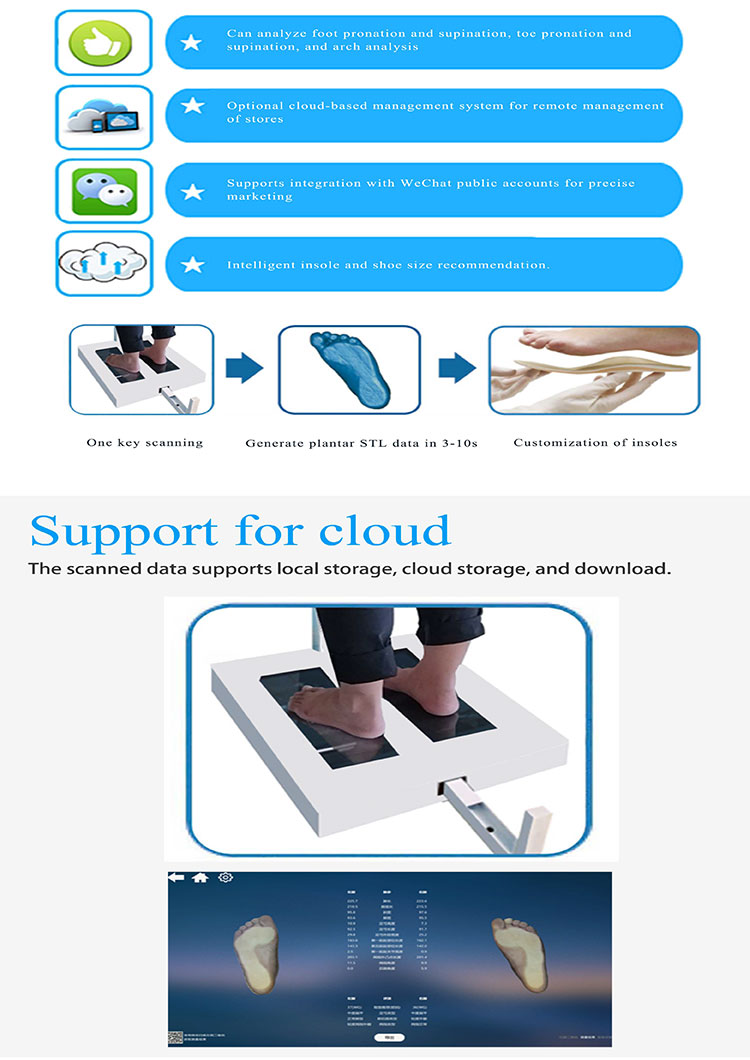
Image Acquisition
One or more high-resolution cameras capture the laser stripe, now deformed by the foot sole’s surface, from a fixed angle (typically 15°–45°). The relative position and angle between the camera and the laser source have been precisely calibrated at the factory, forming a stable "triangular" geometric relationship.
Coordinate Calculation
The system uses image processing algorithms to identify the pixel positions of the deformed laser stripe in the camera’s image. Based on the triangulation formula, combined with the known baseline distance (the distance between the laser source and the camera) and viewing angle parameters, the system calculates the actual spatial coordinates (X, Y, Z) of each point illuminated by the laser on the foot sole. The Z-axis represents height information, i.e., the undulations of the foot sole surface.
3D Reconstruction Process: From Point Cloud to Complete Model
A single laser scan captures only one cross-sectional profile, so continuous scanning is required to complete the full 3D modeling of the foot sole. The specific reconstruction steps are as follows:
Scanning Platform Movement or Static Foot Scanning
In static scanning mode, the subject places the foot steadily on the scanning platform. The scanner’s internal laser head moves uniformly along the Y-axis, scanning the foot sole surface line by line. For each small incremental step (e.g., 0.1mm), one frame of laser image is captured, forming a series of parallel cross-sectional profiles.
Point Cloud Generation
Each image frame undergoes triangulation calculations, generating a set of 3D spatial points. The collection of all these points forms a "point cloud." The higher the point cloud density, the more detailed the model—typically hundreds to thousands of data points per square centimeter.
Point Cloud Registration and Meshing
The system automatically aligns and stitches together the point cloud data from multiple scan lines based on time sequence and displacement trajectory, eliminating misalignment errors. Subsequently, interpolation algorithms connect the discrete points into a continuous triangular mesh (Mesh), forming a closed 3D surface model.
Model Optimization and Parameter Extraction
The generated 3D model undergoes denoising, hole-filling, and smoothing to enhance visual quality and geometric accuracy. Finally, the software can automatically identify key anatomical landmarks (such as the navicular bone, calcaneal center, and metatarsal heads) and calculate clinical parameters such as arch height, longitudinal arch index, and forefoot width for subsequent analysis and application.
Technical Advantages and Application Scenarios
Laser scanning technology offers significant advantages in foot sole measurement:
High Precision: Achieves measurement accuracy of 0.05–0.2 mm, suitable for medical-grade evaluation;
Non-contact: Avoids foot deformation caused by pressure, accurately reproducing the foot shape under weight-bearing conditions;
Fast and Efficient: A single foot scan can be completed within 5–10 seconds, improving user experience;
Strong Stability: Minimally affected by ambient light, suitable for long-term, repeated measurements.
This technology is widely applied in orthopedic insole design, diabetic foot screening, pediatric foot development monitoring, and custom sports shoe manufacturing, providing scientific basis for personalized interventions.

 +86-0755-86131192
+86-0755-86131192 2025-09-10
2025-09-10 Back to list
Back to list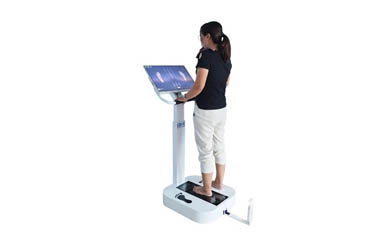
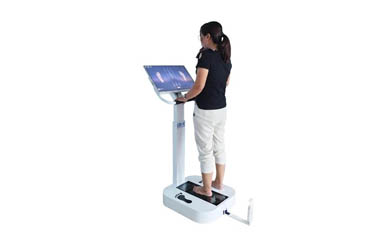
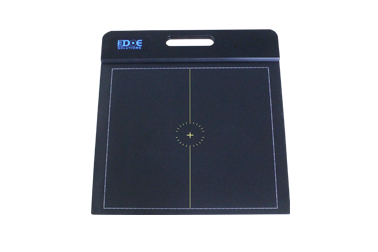
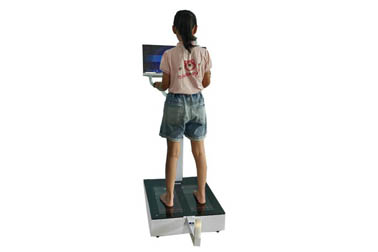
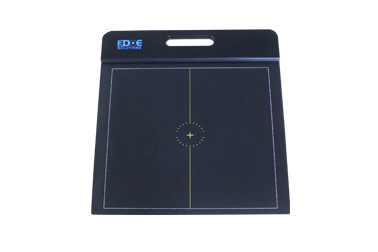
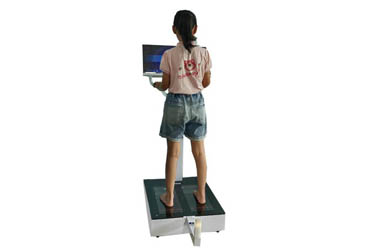



 +86-0755-86131192
+86-0755-86131192